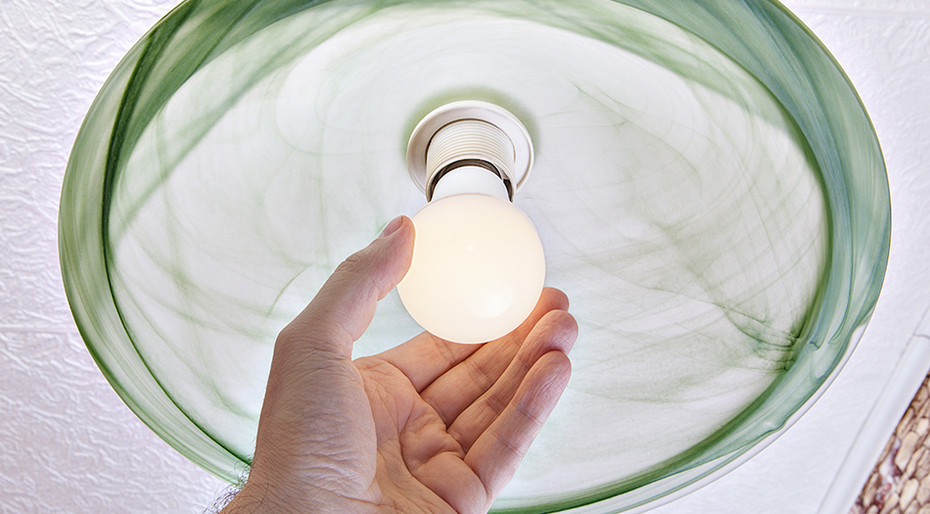Improving the efficiency of your lighting is an easy way to save on energy costs. This Lighting Choices Guide will help you determine the right LED bulbs to use for each fixture at your home or business.
Download a free lighting guide
Energy Use
The table below can help you understand how ENERGY STAR ® certified LEDs compare to incandescent bulbs. LEDs provide the same brightness (lumens) while using less energy (watts). To find an LED with similar brightness compared to your current incandescent bulb, pay attention to the lumens. To save the most energy, choose an LED with the lowest wattage suitable for its use.
The Kelvin Scale
The Kelvin scale (K) measures the color of a bulb’s light output: The lower the value, the warmer (yellow) the light output; the higher the value, the cooler (blue) the light output.

Lumens
Lumens measure the total amount of visible light from a light bulb. The higher the lumen rating, the brighter the lamp will appear. LEDs provide more light output with much less power use. To achieve the same light output of a 60-watt conventional bulb, you would need an LED with 800 to 850 lumens.
For non-directional bulbs, such as a globe or candelabra, the total lumen output is calculated in all directions. With a directional bulb such as a spotlight, light is emitted in many directions; some of the light (spill light) may not be useful, but it is counted in the total lumen rating. Useful lumen rating is a measurement of useful light emitted in a standardized 90-degree cone. The useful lumen rating is usually lower than the total lumen output but has more relevance to a spotlight bulb where useful light is in a forward-focused direction.


LED Bulb Worksheet
Download the lighting worksheet below to determine which LED bulb you need for each light fixture at your home or business, then mark the quantities needed for each room.
 US Dollars
US Dollars

